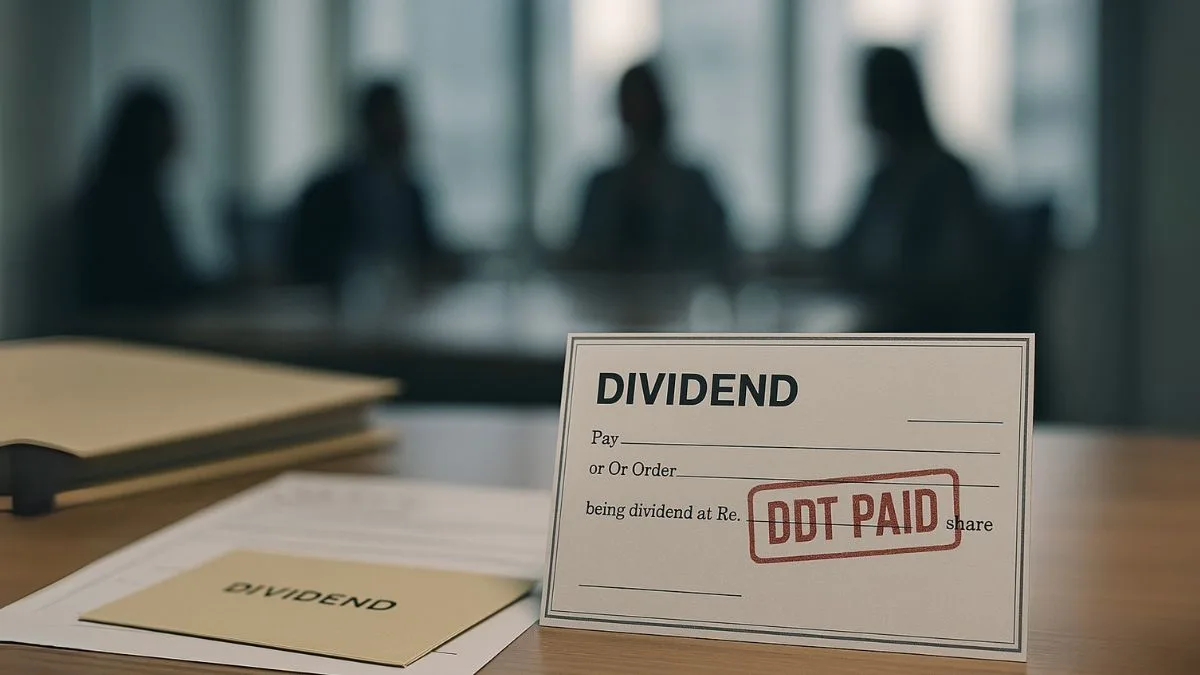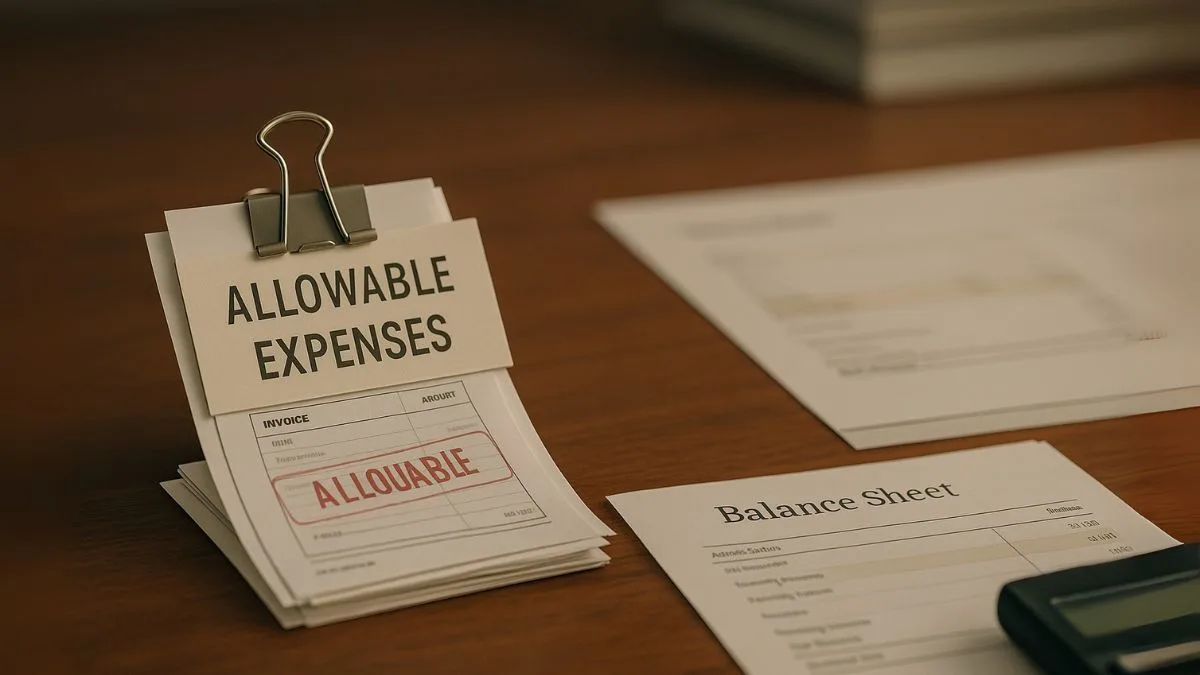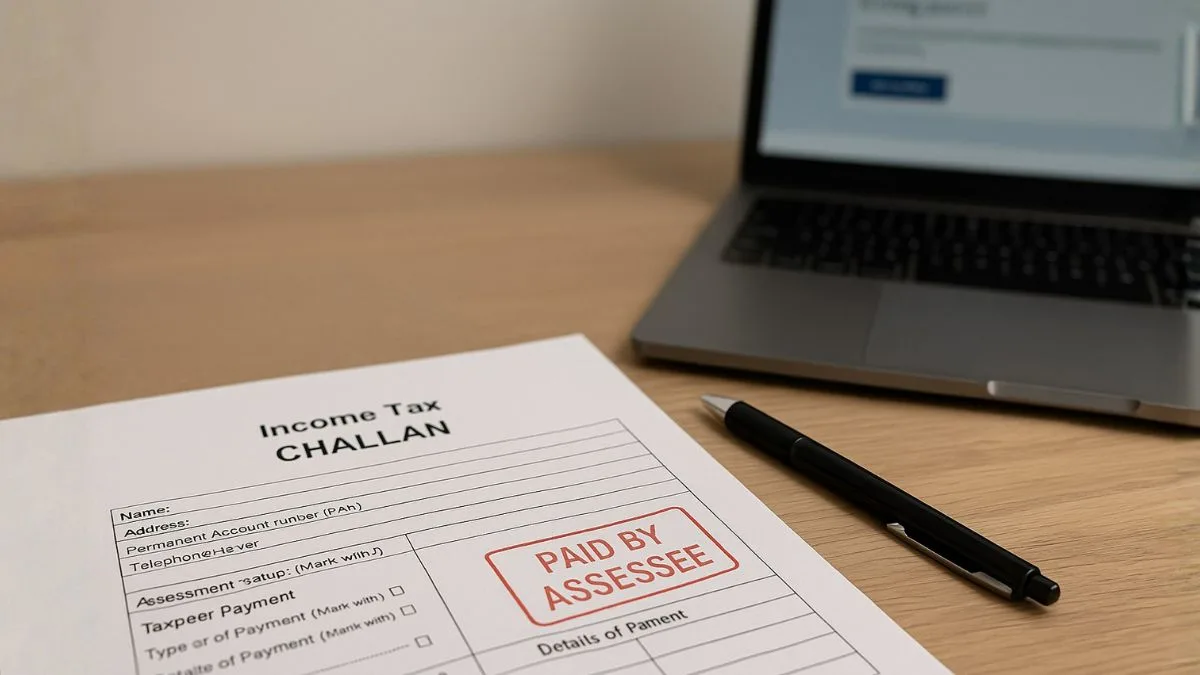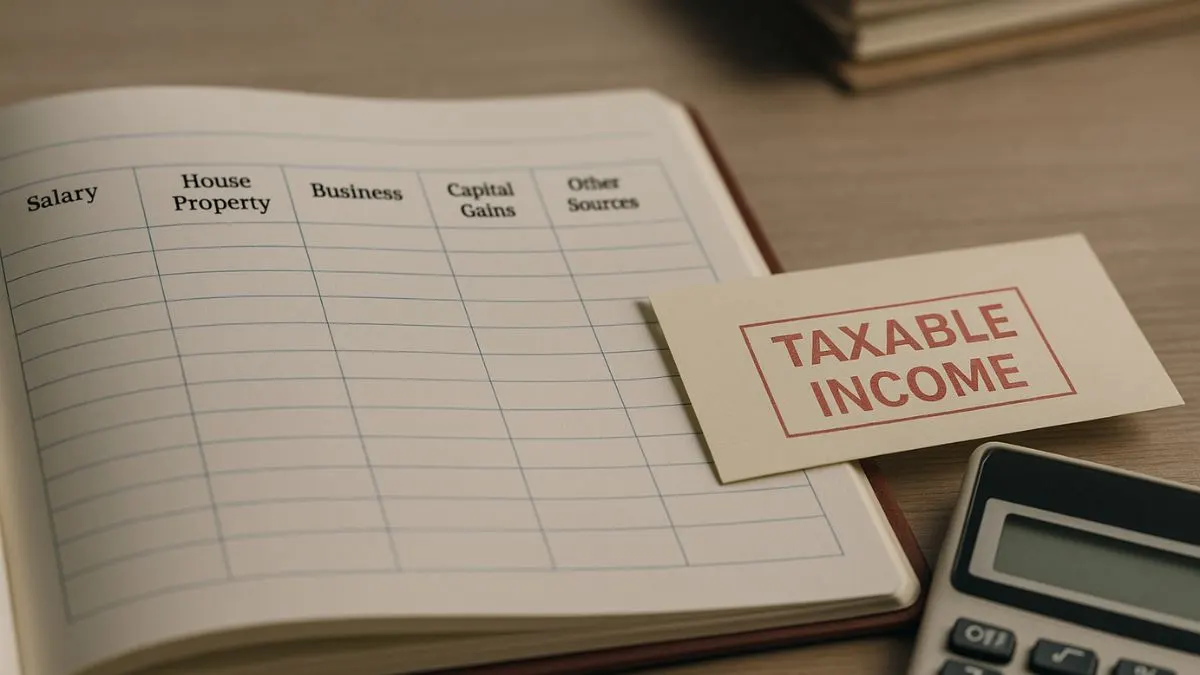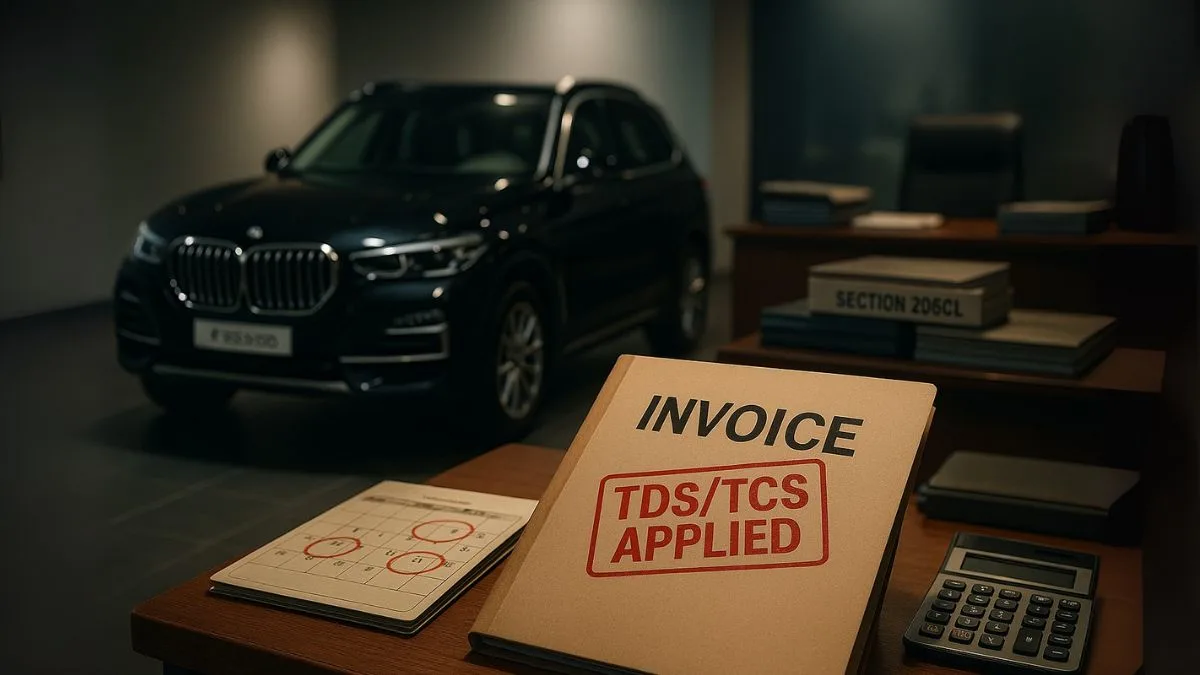
Ever bought a high-end car and wondered why a little extra was added to your bill under “TCS”? Or ever withdrawn more than ₹1 crore in cash and received a lower amount than you expected? Well, the answer lies in a powerful section of the Income Tax Act — Section 206CL.
Often searched as section 206cl of income tax act, this provision plays a crucial role in tax deduction at source (TDS) & tax collection at source (TCS) — especially in high-value transactions. The aim? To track money movement and ensure tax compliance in a digital-first India.
What is Section 206CL of Income Tax Act?
Section 206CL is a special provision introduced to enhance transparency in transactions & minimize black money. Under this section, certain buyers or sellers must either deduct or collect tax at source depending on the transaction type.
While many confuse this with the usual TDS sections, Section 206CL is wider and more dynamic. The section covers multiple sub-sections like 206C(1), 206C(1F), 206C(1H), and 206C(1G) — each targeting a different nature of income or expenditure.
TCS @1% on Sale of Motor Vehicles [Section 206C(1F)]
One of the most searched phrases is:
"TCS @ 1% is to be collected by every seller on sale of motor vehicle"
Here’s how it works:
- If a car dealer sells a motor vehicle worth ₹10 lakh or more, they must collect TCS @ 1% from the buyer at the time of sale."
- This applies whether the buyer is an individual or a business.
Example
You purchase a car worth ₹18 lakh. At checkout, the invoice will reflect:
- Base price GST TCS @ 1% = ₹18,000 extra
This collected tax is then deposited with the government & reflected in your Form 26AS.
The logic is simple — luxury purchases signal high income. Collecting TCS upfront helps the department keep track.
Also Read: TCS on Overseas Remittances and Tour Packages
TDS on Cash Withdrawals Over ₹1 Crore [Section 206C(1H)/206AB]
Here's another hot search:
"TDS will be deducted on cash withdrawals exceeding Rs.1 crore"
This falls under Section 194N, but is closely monitored under compliance provisions linked to Section 206CL. Here's how it works:
- If you withdraw more than ₹1 crore in cash in a financial year, TDS @ 2% will be deducted by the bank.
- If you haven’t filed ITR in the last 3 years, the limit lowers to ₹20 lakh, and TDS rate can go up to 5% under Section 206AB.
Banks will deduct it automatically. So next time you withdraw in bulk — remember, the IT department is watching."
TCS under Section 206C(1H) for Business Transactions Above ₹50 Lakhs
Introduced recently, this provision created buzz among B2B traders. It’s often searched as:
“Learn about TCS under Section 206C(1H) on e-Invoicing”
Here’s the breakdown:
- If a seller’s turnover exceeds ₹10 crore in the previous year
- And they sell goods worth more than ₹50 lakh to a particular buyer
- Then they must collect TCS @ 0.1% on the amount exceeding ₹50 lakh
Example:
If Company A sells goods worth ₹80 lakh to Company B, TCS will be collected on ₹30 lakh (₹80L - ₹50L) = ₹3,000
This ensures large transactions get reported even in private business deals, especially when invoices are generated under the e-Invoicing system.
Also Read: Complete Guide to TCS on Foreign Transactions
Who Is Responsible for Deducting/Collecting Tax Under 206CL?
Unlike typical TDS sections where deductor is the payer, under 206CL:
- In motor vehicle sales, the seller collects tax.
- In high-value B2B sales, again, the seller collects TCS.
- In cash withdrawals, the bank deducts TDS.
- In foreign remittances or overseas tour packages (covered under 206C(1G)), authorized dealers or sellers collect TCS.
So, don’t get confused.
While you may assume only the government collects tax, in reality, the buyer of goods is the one liable to deduct the tax at source or pay extra if the seller collects TCS.
How is it Different From Normal TDS/TCS?
The Income Tax Act has dozens of TDS & TCS provisions. So what makes Section 206CL special?
- It is preventive — targets high-value or suspicious transactions.
- It covers indirect payers — like sellers, dealers, banks.
- It cross-verifies transactions with ITR compliance via Section 206AB/206CCA.
- Refund eligibility exists — if excess TCS is collected, it can be claimed in ITR.
So, if you see 206cl of income tax act refund while searching, know that refunds are possible, but only after filing your return & reconciling with 26AS.
Also Read: Higher TDS for Non-Filers Explained
Why Was Section 206CL Introduced?
Here’s the logic behind it:
- India is pushing for a cashless and transparent economy.
- Large transactions in cash or luxury items were often escaping the tax net.
- By making TDS/TCS mandatory at the point of transaction, the government ensures:
- More people come into the tax net.
- Less scope for black money.
- Better tracking of high-spend individuals and businesses."
In essence, Section 206CL acts as a digital footprint generator — every rupee leaves a trail.
Navigating TDS and TCS under Section 206CL can be confusing — whether you’re buying a car, managing e-Invoices, or tracking high-value payments.
Need expert help to stay compliant and avoid penalties?
Let our Chartered Accountants at Callmyca.com handle your TDS filings, refund claims, and transaction tracking — so you focus on growth, not paperwork.

